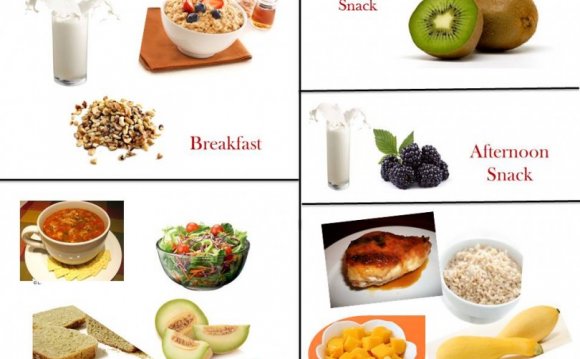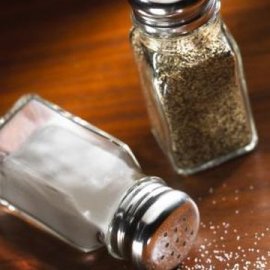
 Just 1/4 teaspoon of salt contains 600 milligrams of sodium.
Just 1/4 teaspoon of salt contains 600 milligrams of sodium.
Consuming 1, 200-calorie diets will cause most adults to lose weight. In fact, the National Heart, Lung, and Blood Institute suggests that while 1, 000- to 1, 200-calorie diets are effective for most women, 1, 200- to 1, 600-calorie weight-loss meal plans are likely suitable for most men and active women. However, even if you reduce your calorie intake, your sodium requirement remains the same. While some sodium is required for your body to function properly, excess sodium can increase your blood pressure and risk for developing heart disease.
Minimum Sodium Requirements
The Institute of Medicine recommends adults ages 19 to 50 consume at least 1, 500 milligrams of sodium daily, individuals ages 51 to 70 get 1, 300 milligrams and older adults over age 70 get at least 1, 200 milligrams of sodium daily – regardless of their calorie intake. The American Heart Association reports that although the absolute minimum requirement for sodium is 180 milligrams daily, the AHA recommends 1, 500 milligrams of sodium each day to replace sweat losses and ensure nutritional adequacy from eating a variety of healthy foods.
Maximum Safe Intake
Since too much sodium increases your heart disease risks, the Dietary Guidelines for Americans 2010 recommend everyone limit their dietary sodium intake to less than 2, 300 milligrams daily - while adults over 50, African Americans and people with high blood pressure, chronic kidney disease or diabetes limit sodium to 1, 500 milligrams per day. These recommendations hold true regardless of your calorie intake, even when you’re eating 1, 200 calories a day.
High-Sodium Foods
Limiting high-sodium foods can help you abide by daily sodium recommendations. Foods rich in sodium include processed foods - especially processed meats - pickles, olives, tomato juice, salted nuts and seeds, salty snack foods, cheeses, spaghetti sauce, cottage cheese, salad dressings, many canned foods and fast foods. The American Heart Association reports that the top sources of sodium in Americans’ diets are rolls and breads, pizza, poultry, cured meats and cold cuts, sandwiches and burgers from fast food restaurants and canned soups.
Lower-Sodium Choices
To help keep your sodium intake at 1, 500 to 2, 300 milligrams daily and stick within your 1, 200-calorie allotment, choose nutrient-dense, low-sodium foods when possible. Examples include fresh and frozen fruits and vegetables, unsalted canned vegetables, low-sodium condiments, unprocessed fresh lean meats and fish, unsalted nuts and seeds and low-sodium cheeses. Avoid using the salt shaker since it can drastically increase your sodium intake. MedlinePlus recommends sticking with foods that contain 100 milligrams of sodium - or less - in each portion, when possible.
INTERESTING VIDEO












